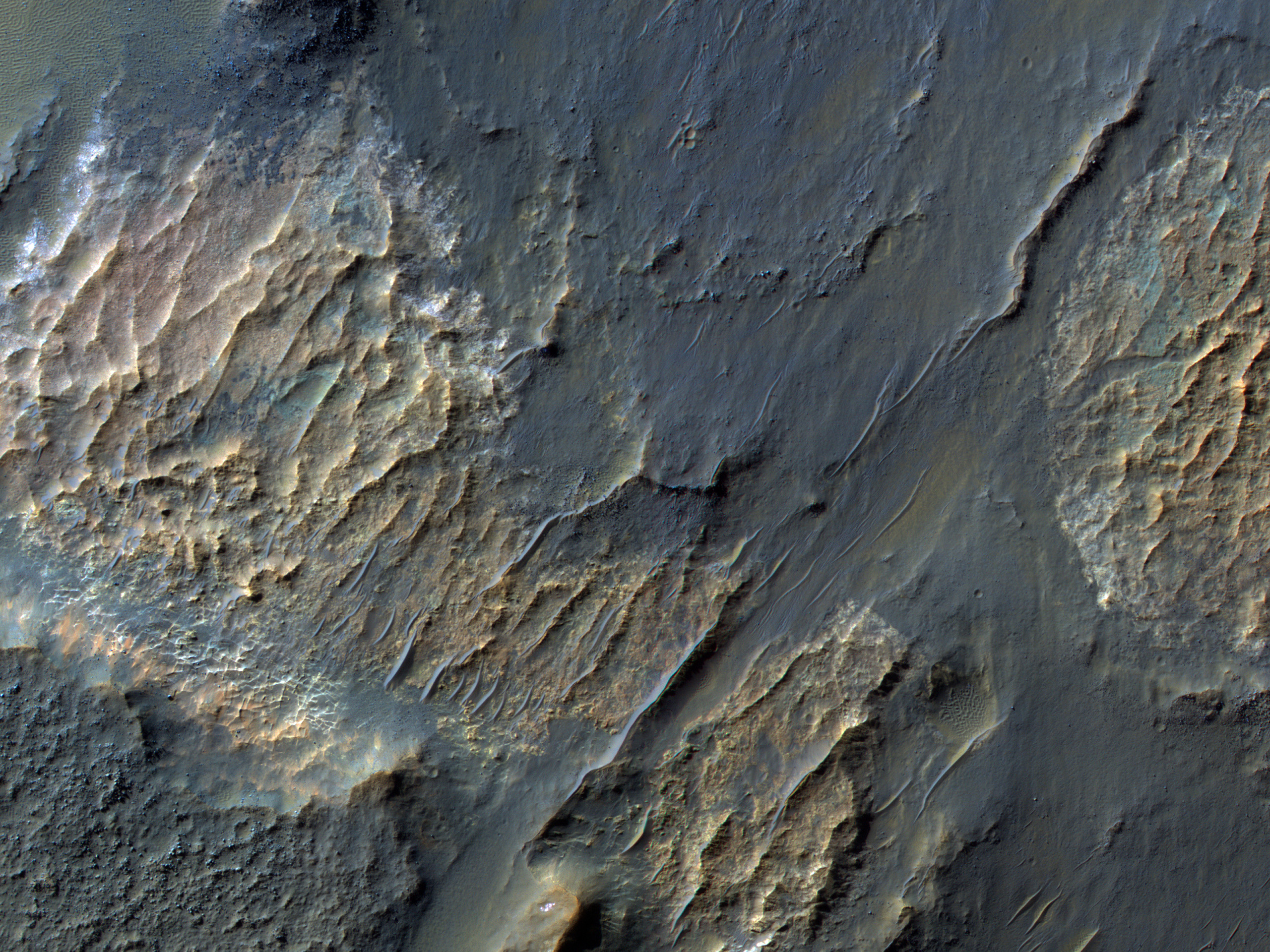NASA's HiRISE camera captures bizarre landforms in Mars' Gorgonum Basin

Mars is known for its many bizarre and unique landforms, some of which are the result of geological processes that are also found on Earth while others are specific to the Red Planet. This image from NASA's HiRISE, a camera onboard the Mars Reconnaissance Orbiter, shows such bizarre landforms in Gorgonum Basin, one of several large basins within the Terra Sirenum region of Mars. It was captured in 2016 when MRO was flying at an altitude of 253 km.
Terra Sirenum is home to a number of geologic features and is believed to have contained an ancient lake, with channels draining into the lake from the sides. Once sediments are deposited, they undergo varying degrees of hardening before being eroded by the wind. The bedrock that is more hardened or resistant will remain as elevated topography after the weaker materials are eroded, perhaps inverting the original forms.
According to NASA, the sediments we observe from orbit may have been altered by the water present in the lake, ultimately leading to the formation of clays. This lake, which was situated in the area, was drained by Ma’adim Vallis, a system of channels that emptied into Gusev Crater, where NASA's Spirit rover landed.
HiPOD: Einstein and MarsIn February 1917, Albert Einstein wrote in a letter: “It is a pity that we do not live on Mars and just observe man’s nasty antics by telescope.”https://t.co/XZ5UKB2Dj7NASA/JPL-Caltech/UArizona#Mars #science #NASA pic.twitter.com/cxFWXELyNy
— HiRISE: Beautiful Mars (NASA) (@HiRISE) March 25, 2023
The University of Arizona operates the High Resolution Imaging Science Experiment, or HiRISE - the most powerful camera ever sent to another planet. Designed to capture high-resolution images of the Martian surface with unprecedented detail, HiRISE has captured a wealth of images to help scientists better understand the Red Planet.
The HiRISE camera operates in visible wavelengths, the same as human eyes, and also makes observations at near-infrared wavelengths. It can see features as small as a kitchen table.
In addition to the HiRISE camera, NASA's MRO also carries several other instruments, including spectrometers and radar instruments, which are used to study the planet's composition and subsurface structure.
- READ MORE ON:
- HiRISE camera
- NASA MRO
- NASA Mars missions
- Terra Sirenum










